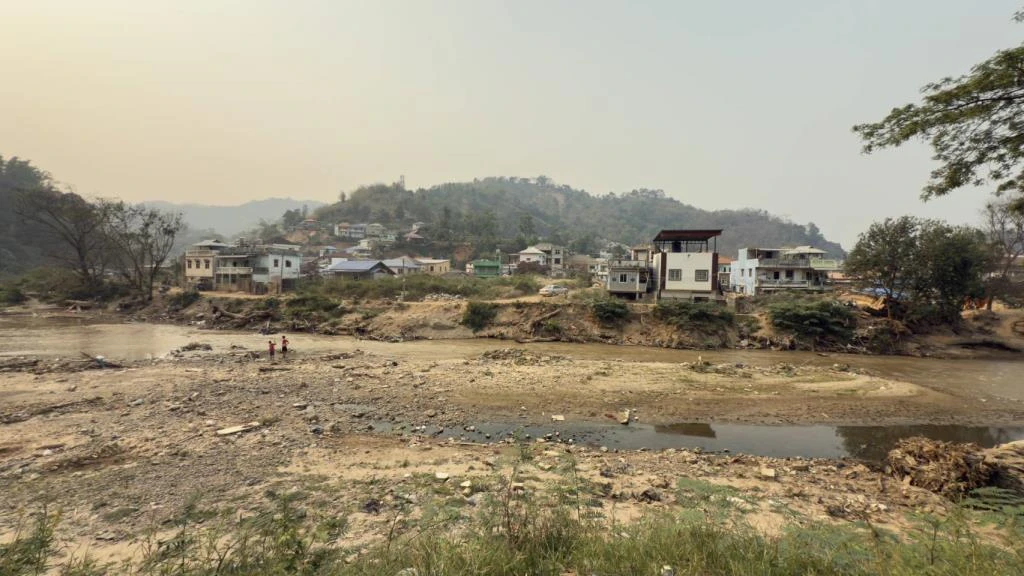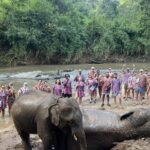Chiang Rai – Reports reveal arsenic contamination in the Sai River, marking another environmental concern following the discovery of Chinese-funded gold mines in areas like Mongyawng and Tachileik.
Contamination levels in the Nam Sai add to existing worries about the Kok River, which flows into Thailand through Mae Ai in Chiang Mai and Chiang Saen in Chiang Rai.
Recent updates from the Environmental and Pollution Control Office 1 in Chiang Mai indicate alarming arsenic levels in the Kok River near the Thai-Myanmar border.
In Mae Ai, Chiang Mai, measurements show 0.026 milligrams per litre, while in Mueang Chiang Rai, the levels range between 0.012 and 0.013 milligrams per litre. These exceed the safety limit of 0.01 milligrams per litre.

Meanwhile, the district office in Mae Sai, Chiang Rai, has shared water quality data for the Nam Sai River, which originates in Myanmar. Samples collected by the Provincial Waterworks Authority (PWA) in Chiang Rai and tested by a private laboratory revealed arsenic contamination above safe levels.
However, the PWA reassures residents that water treatment processes effectively remove heavy metals, making the water safe for consumption.
A detailed report from Mae Sai shows arsenic levels of 0.014 micrograms per litre near Wiang Phang Kham. Other elements, including cadmium, lead, selenium, and mercury, remain within safe limits.

Downstream sections of the Nam Sai, from Muang Daeng village to Ban Koh Chang, show normal water quality.
The Nam Sai River travels about 90 kilometres from Mong Hsat in Myanmar’s west to Tachileik, where it passes through areas dotted with mines. Four mines operate near the river, two of which are located in villages like Ban Mae Jok and Ban Na Yao, adjacent to the Nam Sai.
These mines, managed by Chinese enterprises, extract gold and manganese. Water is pumped from the Nam Sai to spray soil and rocks for mining purposes.
The other two mines, located near the tributaries of Nam Pueng and Nam Phu, specialise in manganese and zinc extraction. These sites are also operated by Chinese firms and are considered restricted zones.
In contrast, the Kok River originates in Wa-controlled territories, often referred to as the Red Wa region. Locals report that gold mining activities by over 23 Chinese companies have been ongoing in Ban Hung, a village just 36 kilometres from the Thai border in Mong Hsat.
These operations are seen as a significant contributor to the contamination affecting water sources downstream.
Related News:
Chiang Rai Residents Demanded Action Over Toxic Contaminates in Mae Kok River

Anna Wong serves as the editor of the Chiang Rai Times, bringing precision and clarity to the publication. Her leadership ensures that the news reaches readers with accuracy and insight. With a keen eye for detail,














